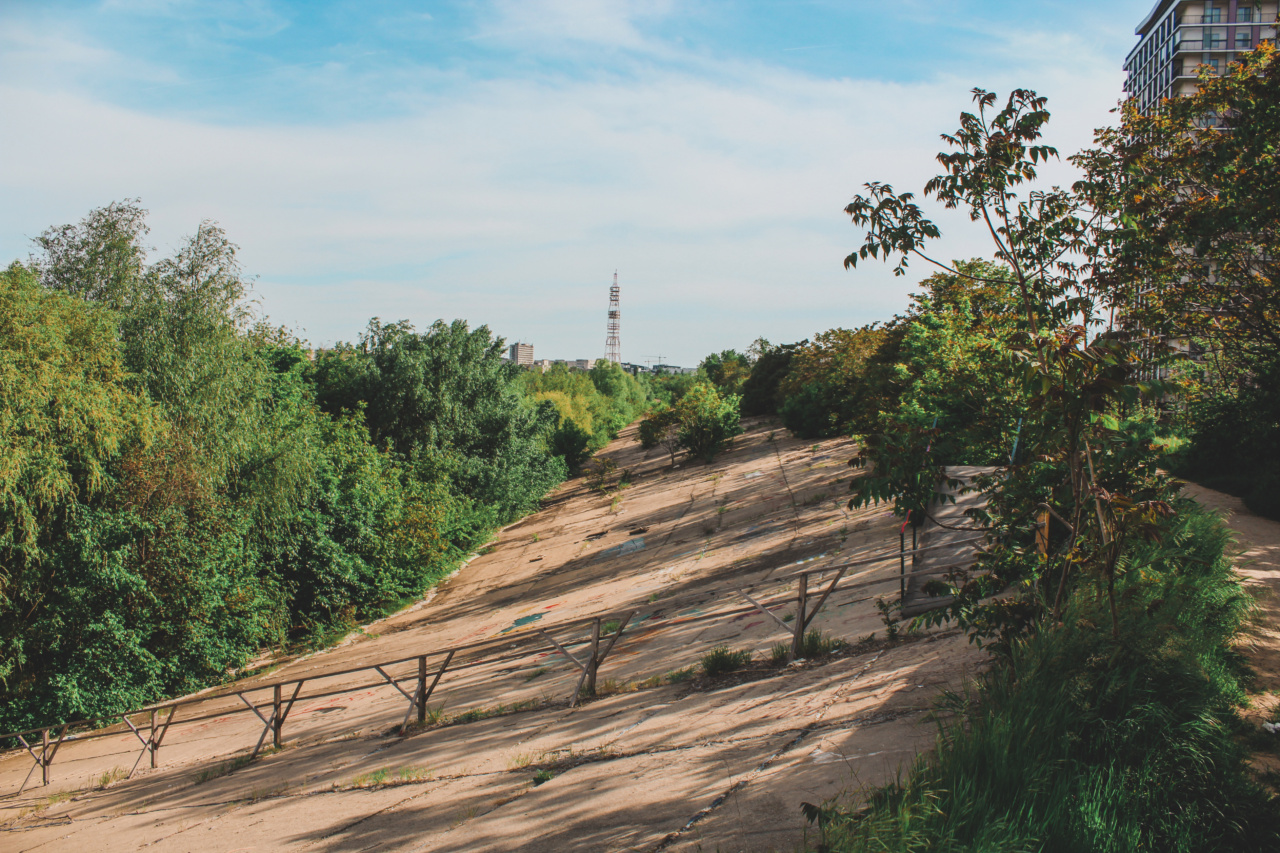Climate change is one of the most critical issues facing humanity today. Its impact is far-reaching and affects various aspects of our lives, including the well-being of future generations.
Children, in particular, are vulnerable to the consequences of climate change and bear the burden of an impending disaster that awaits them.
Rising Temperatures and Health Risks
The rise in global temperatures due to climate change poses significant health risks to children. Extreme heatwaves are becoming more frequent, leading to heat-related illnesses such as heat exhaustion and dehydration.
Heatwaves can also worsen existing respiratory conditions, such as asthma, making it harder for children to breathe.
Furthermore, increasing temperatures contribute to the expansion of disease-carrying vectors such as mosquitoes, increasing the prevalence of vector-borne diseases like malaria and dengue fever.
These diseases disproportionately affect children, who are more susceptible to their severe consequences.
Impacts on Food Security and Nutrition
Climate change also poses a threat to global food security, which ultimately affects children’s nutrition. Changing weather patterns, including unpredictable rainfall and droughts, disrupt agricultural production and reduce crop yields.
Lack of access to nutritious food can lead to malnutrition and stunted growth in children. The World Health Organization estimates that by 2050, an additional 24 million children will suffer from malnutrition as a result of climate change.
Increasing Natural Disasters
The frequency and intensity of natural disasters, such as hurricanes, floods, and wildfires, are on the rise due to climate change.
These disasters displace communities, destroy infrastructure, and disrupt essential services, including healthcare and education.
Children are particularly vulnerable during and after natural disasters. They may be separated from their families, experience trauma, and face an increased risk of injury and disease.
Disrupted education also hinders their long-term development and well-being.
Environmental Injustice
Climate change exacerbates existing social inequalities and disproportionately affects marginalized communities, including children. Vulnerable populations often lack the resources and infrastructure to adapt and respond to climate-related challenges.
Children from low-income backgrounds, indigenous communities, and developing countries face the harshest consequences of climate change.
They often lack access to clean water, adequate healthcare, and quality education, making them more susceptible to the health and developmental impacts caused by climate change.
Psychological Implications
Children also experience psychological distress as a result of climate change. The looming threat of an uncertain future, coupled with images of environmental destruction, can induce anxiety, depression, and eco-grief in children.
Moreover, the loss of natural habitats and biodiversity can deprive children of the physical and emotional benefits of being in nature.
Studies have shown that exposure to nature is essential for children’s cognitive development, emotional well-being, and overall mental health.
Call for Action and Solutions
It is imperative for governments, communities, and individuals to take immediate action to mitigate the impacts of climate change on children. Here are some potential solutions:.
1. Transition to Renewable Energy
The shift from fossil fuels to renewable energy sources, such as solar and wind power, is crucial in reducing greenhouse gas emissions and slowing down climate change.
Governments should incentivize and invest in renewable energy technologies and infrastructure.
2. Educating and Empowering Children
Education plays a vital role in equipping children with the knowledge and skills to understand and address climate change.
Schools should incorporate climate change education in their curriculum, empowering children to become advocates for a sustainable and resilient future.
3. Strengthening Resilience
Building resilient communities can help mitigate the impact of climate change on children. This includes improving infrastructure, implementing early warning systems for natural disasters, and ensuring access to healthcare, clean water, and sanitation.
4. Sustainable Agriculture and Food Systems
Promoting sustainable agriculture practices, such as organic farming and agroforestry, can help ensure food security and reduce the ecological footprint of food production.
Initiatives like school gardens can also teach children about sustainable food systems.
5. Advocacy and Policy Change
Efforts to combat climate change and protect children must be accompanied by strong advocacy and policy change.
Governments should prioritize climate action, implement stringent emissions targets, and support international agreements like the Paris Agreement.
The Importance of Acting Now
Every moment we delay in taking action on climate change, children bear a heavier burden. The future of our planet and the well-being of its youngest inhabitants depend on our collective efforts to address climate change effectively.
Conclusion
Children are the most vulnerable victims of climate change, and urgent action is needed to protect their futures.
By addressing the various challenges posed by climate change, we can ensure the well-being of children and create a sustainable and resilient world for generations to come.






























